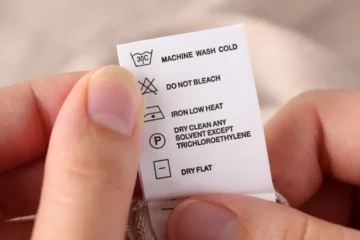There’s nothing like the excitement of moving into a new place. Maybe the floors creak in just the right way, or sunlight pours through the kitchen window right at breakfast. But before you fall in love with your new home’s quirks, it’s smart to take a good, honest look at how safe it really is. Trust me, a little time spent up front can save you huge headaches down the road.
Start with Smoke and Carbon Monoxide Detectors
First things first: check those alarms. Seriously, don’t just assume they work. Push the test buttons, swap out the batteries, and peek at their expiration dates (yes, alarms get old too). Smoke alarms should be in every bedroom, outside sleeping areas, and on every floor. Carbon monoxide detectors are just as important, especially if you have any appliances that burn fuel. Put one near any sleeping space and on every level.
Inspect the Electrical System (No Spark Shows Here)
Electrical problems are one of the top causes for home fires. Older homes can hide some scary surprises behind the walls—old wiring, overloaded circuits, outlets that wiggle when you plug something in. If anything looks off, smells burned, or feels warm to the touch, call in a licensed electrician. Even if nothing stands out, it’s smart to have a pro walk through the place for peace of mind.
Check for Hidden Health Hazards
Lead paint and asbestos are words that make any parent’s skin crawl, but they crop up in a lot of older homes. If your place was built before 1978, there’s a fair chance you’re dealing with lead, especially on window sills, doors, and trim. If you see cracking or peeling paint, play it safe—get it tested before letting kids crawl or play nearby.
Asbestos is sneaky. You’ll usually find it wrapped around pipes in the basement, in insulation, or old ceiling tiles. Mess with it and it can send fibers into the air. If you’re in doubt, consider an inspection of your chimney and other areas by a certified professional.
Secure the Windows and Doors
Sometimes, a lock looks sturdy but falls apart with a little pressure. Go around and test every door and window. Do the locks work smoothly? Are child safety latches in place if you have little ones? Don’t forget to check that windows aren’t painted shut. If you ever need an exit in a hurry, you’ll be thankful for a window that opens easily.
Look at the Water and Air
Dirty ducts, old furnace filters, or moldy corners can make a house feel stuffy or unsafe, especially for kids or anyone with allergies. Open up the filters and check for grime. While you’re at it, look for signs of water leaks under sinks and around toilets. If you spot musty smells or splotchy patches, get them checked. Clean air is never overrated.
A new home should be all about fresh starts, good memories, and real comfort. With these simple checks, you’ll set the stage for safer, happier days ahead. Welcome home.
Keep an eye for more latest news & updates on Forbes Zine!




